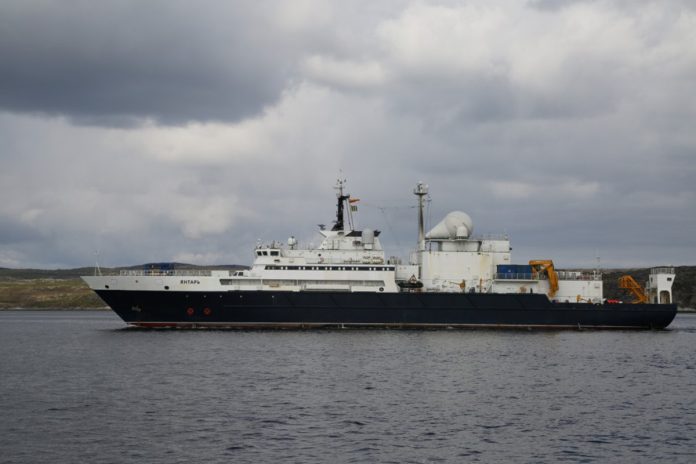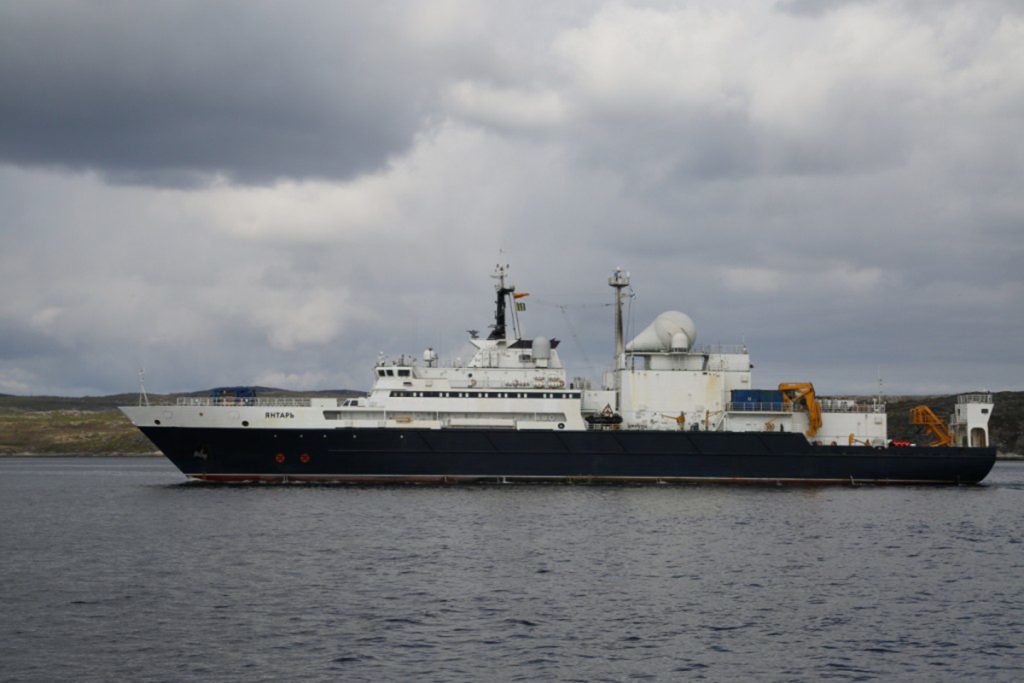
“We see you. We know what you’re doing.” Those words from U.K. Defence Secretary John Healey, addressed squarely at Moscow, encapsulate the tense reality of modern maritime intelligence operations. In late October, that reality edged closer to U.S. shores when the Coast Guard tracked a Russian Vishnya-class intelligence vessel just 15 nautical miles off Hawaii.
This is not an isolated incident; for the last several years, Russian spy ships have also been tracked off American and British waters, many times operating well outside the limits of territorial waters, but within strategic reach. Their presence underlines the very long contest for information dominance, one that stretches from Cold War-era cable-tapping missions to today’s mapping of undersea infrastructure. What follows are nine key takeaways from the latest encounter and its wider context, placing these operations in perspective within a global pattern of surveillance, deterrence, and geopolitical signaling.
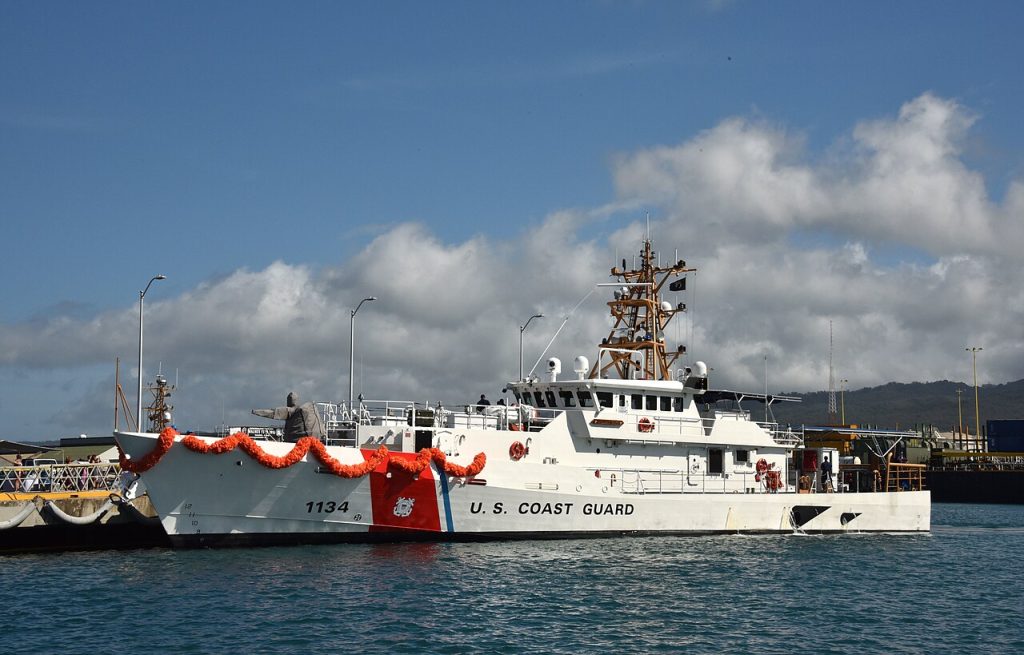
1. Kareliya’s Close Approach to Oahu
On October 29, the U.S. Coast Guard spotted the Russian Navy auxiliary Kareliya operating about 15 nautical miles south of Oahu. The Vishnya-class signals intelligence ship was shadowed in concert by an HC-130 Hercules patrol aircraft and the cutter USCGC William Hart. Officials further underlined that the mission had been conducted in a “safe and professional” way, providing presence without escalation. International law permits foreign military vessels to operate more than 12 nautical miles from shore, but because of its proximity to Hawaii-a principal forward-operating base for the U.S. Pacific Fleet and the Pacific Missile Range Facility-its presence was noteworthy. The Kareliya was constantly monitored to ensure the maritime security of U.S. vessels and to support homeland defense.

2. Vishnya-Class Capabilities and History
The Vishnya-class was produced during the late Soviet era and designed for signals intelligence collection. Kareliya was delivered in 1986 and received a three-year refit in 2017 to upgrade her capabilities. These ships are able to operate without transmitting AIS, making them harder to track via civilian systems. Other vessels of the class have approached U.S. shores in the past: Viktor Leonov, for example, conducted repeated patrols off the East Coast between 2014 and 2020, sometimes accused of unsafe navigation practices. Kareliya herself was spotted near Hawaii in 2021 and 2022, often loitering just outside of territorial waters.

3. Strategic Importance of Hawaii
Military infrastructure makes Hawaii a prime target for foreign intelligence collection, hosting among others the headquarters of the U.S. Pacific Fleet, the 3rd Marine Littoral Regiment, and key missile testing sites. Its proximity allows adversaries to monitor communications and vessel movements and potentially radar signatures. Indeed, due to the fine line that distinguishes what is lawful navigation and what could be defined as strategic provocation without necessarily breaching international law, vessels like Kareliya receive valuable signals from beyond the territorial limit.

4. British encounters with Yantar
The U.K. has faced similar challenges. In November, Defence Secretary Healey ordered a Royal Navy submarine to surface close to the Russian vessel Yantar after it was found to be loitering over key undersea infrastructure in the British EEZ. According to reports, this deterrent measure caused Yantar to depart U.K. waters. Earlier this year, Yantar sailed through the Channel, tracked for two days by HMS Somerset and HMS Tyne. “Let me be clear, this is a Russian spy ship used for gathering intelligence and mapping the U.K.’s critical underwater infrastructure,” Healey said.
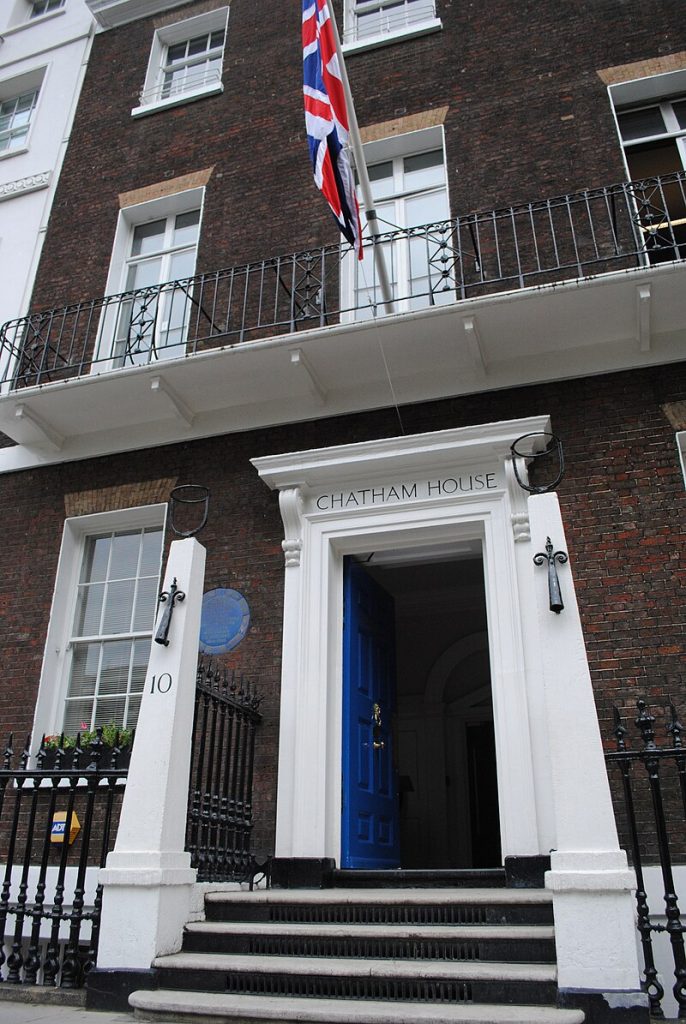
5. Undersea Infrastructure as a target
The mapping of undersea cables and pipelines has become a focus of maritime espionage, British officials warn. This undersea infrastructure, carrying oil, gas, electricity, and internet traffic, is highly vulnerable to “deliberate weaponization,” warns Katja Bego, a researcher at Chatham House. In recent years, damage to cables in the Baltic-in one case caused by a tanker dragging its anchor-has heightened NATO’s vigilance. Vessels like the Yantar, with deep-sea capabilities, are presumed to be surveying such assets for potential interference in any crisis.
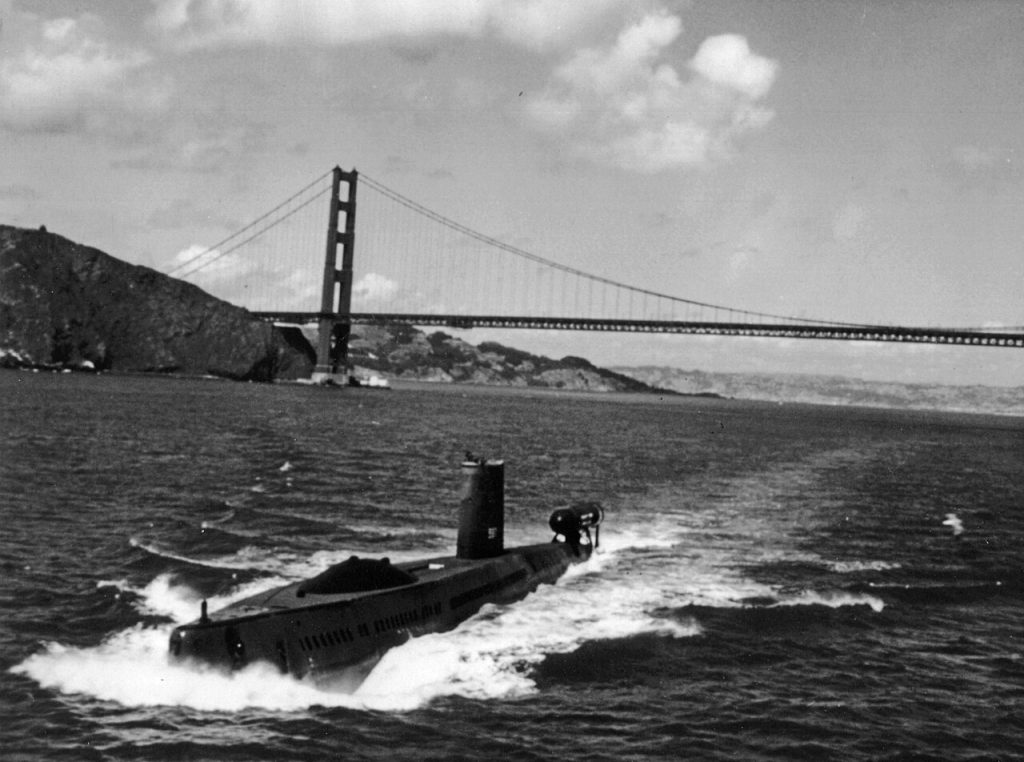
6. Echoes of Cold War Cable-Tapping
Today’s undersea surveillance of infrastructure echoes Cold War-era missions such as Operation Ivy Bells, where divers from the USS Halibut tapped Soviet Navy communication cables in the Sea of Okhotsk and attached a nuclear-powered recording pod that could intercept military traffic in 1972. This operation provided critical intelligence during the arms negotiations for over a decade until its compromise by NSA cryptologist Ronald Pelton in 1980. The Soviets recovered the device and put it on display in Moscow’s Great Patriotic War Museum-a bold reminder of both the risks and rewards of undersea espionage.
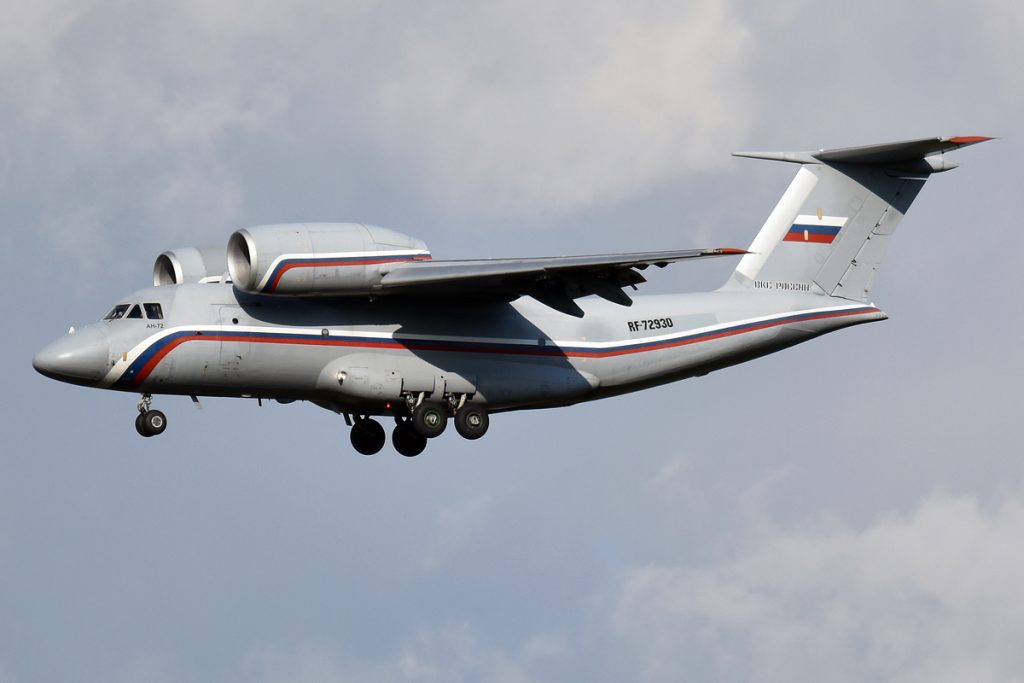
7. Routine Monitoring in the Pacific
According to Captain Matthew Chong of the Coast Guard Oceania District, monitoring the seas off Hawaii is routine, often in concert with other U.S. military and government agencies. Such patrols are designed to keep pace with activities in the area and deter any action that may pose a threat to U.S. security. Russian military aircraft also appear regularly in the Alaskan identification zone-a reminder that maritime surveillance is part of a larger pattern of perimeter probing.

8. NATO’s Coordinated Response
NATO allies have increased joint operations in response to the jump in Russian maritime activities. The U.K. has deployed RAF P-8A Poseidon maritime patrol aircraft and RC-135 Rivet Joint surveillance planes to the Baltic Sentry mission, which secures critical underwater infrastructure in the Baltic Sea. Deployments like those signal that NATO is prepared to counter covert operations not just off member states’ coasts but in strategically sensitive waters globally.

9. Intelligence Ships as Geopolitical Signals
There are many reasons to position intelligence-gathering vessels off adversary shores: data collection, testing responses, and sending political messages, to name a few. The presence of Kareliya off Hawaii, like Yantar in U.K. waters, is at least about flexing reach as much as gathering signals. These incidents make plain a reality in naval strategy: reconnaissance ships are instruments of intelligence, tools of statecraft, and live in that gray area between peace and confrontation. The approach by Kareliya to Hawaii forms part of a larger pattern of Russian maritime intelligence activity across oceans and decades-from Cold War-era cable taps to the contemporary mapping of undersea infrastructure. The operations push the boundaries of international law and test national patience. The lesson for defense planners, however, is clear: vigilance at sea is not optional; it is continuous in a world where information is as decisive as firepower.
